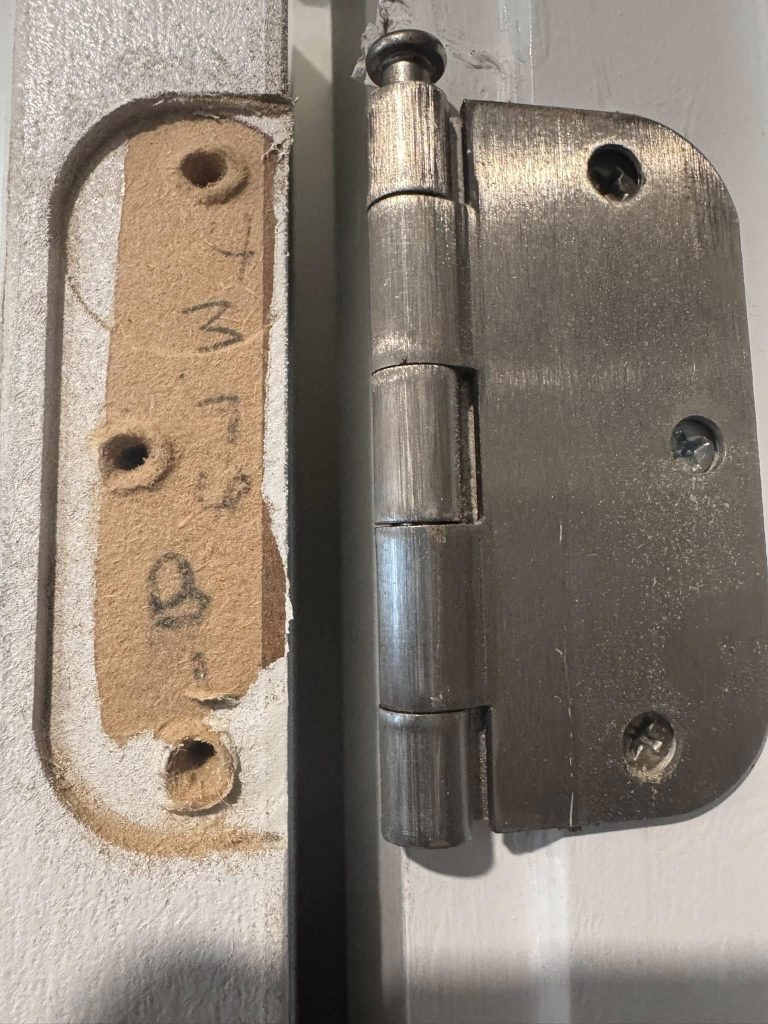What to Buy Instead
Thinking about saving money with budget cabinets? Makes sense—renovations aren’t cheap. But here’s the problem: cheap cabinets might look fine at first, but they don’t last. Before you commit, here’s what you need to know.
1. Cheap Materials Don’t Hold Up
A lot of budget cabinets are made from particleboard or MDF, which is basically sawdust and glue pressed together. These materials soak up moisture, and once they do, they swell, crumble, and fall apart. Laminate finishes start peeling, and flimsy drawer slides break faster than you’d expect.
2. Weak Construction Leads to Fast Breakdowns
Some cabinets are literally held together by staples instead of strong joints. Thin back panels offer little support, and low-quality hinges wear out quickly. Before long, doors sag, drawers stick, and shelves start bowing under the weight of your dishes.
3. Moisture is a Cabinet Killer
Kitchens and bathrooms see their fair share of spills, steam, and humidity. Cheap cabinets absorb moisture instead of resisting it, leading to warping, bubbling, and even mold. Once that happens, there’s not much you can do to fix them.
4. They Cost More in the Long Run
At first, budget cabinets seem like a smart way to save money. But when you’re constantly repairing hinges, replacing drawers, or even buying new cabinets altogether, the costs add up. And if you plan to sell your home, buyers can spot cheap cabinetry a mile away—and use it to negotiate a lower price.
A Smarter Way to Buy Cabinets
If you want cabinets that actually last, look for:
- Maple wood – Strong, durable, and naturally moisture-resistant.
- High-quality plywood – A sturdier alternative to particleboard.
- Dovetail joints – More reliable than glue or staples.
- Soft-close hinges and sturdy drawer slides – Prevent wear and tear.
- Sealed finishes – Help protect against water damage.
Think Long-Term, Not Just Low Cost
Cabinets are something you use every day, so they need to last. Instead of going for the cheapest option, consider investing in something that won’t fall apart after a few years. If you’re on a budget, refinishing your current cabinets or choosing a well-made, mid-range option will save you money—and frustration—in the long run.

